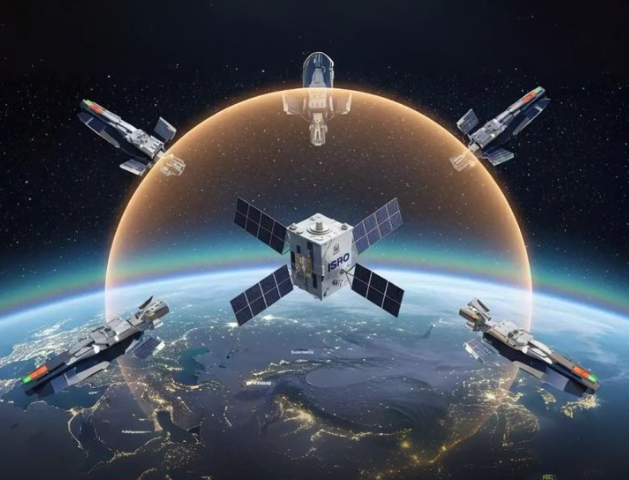7667766266
enquiry@shankarias.in
Mains: GS III – Science and Technology- Space Technology
Recently, Indian government has approved a ₹27,000-crore programme to launch about 52 new surveillance satellites, with the first expected in 2026.
Spoofing is where false signals imitate genuine ones can mislead navigation users.
Navigation Message Authentication (NMA), is a system that will allow receivers to verify that signals are the real deal.

The Hindu| Protecting Our Satellites